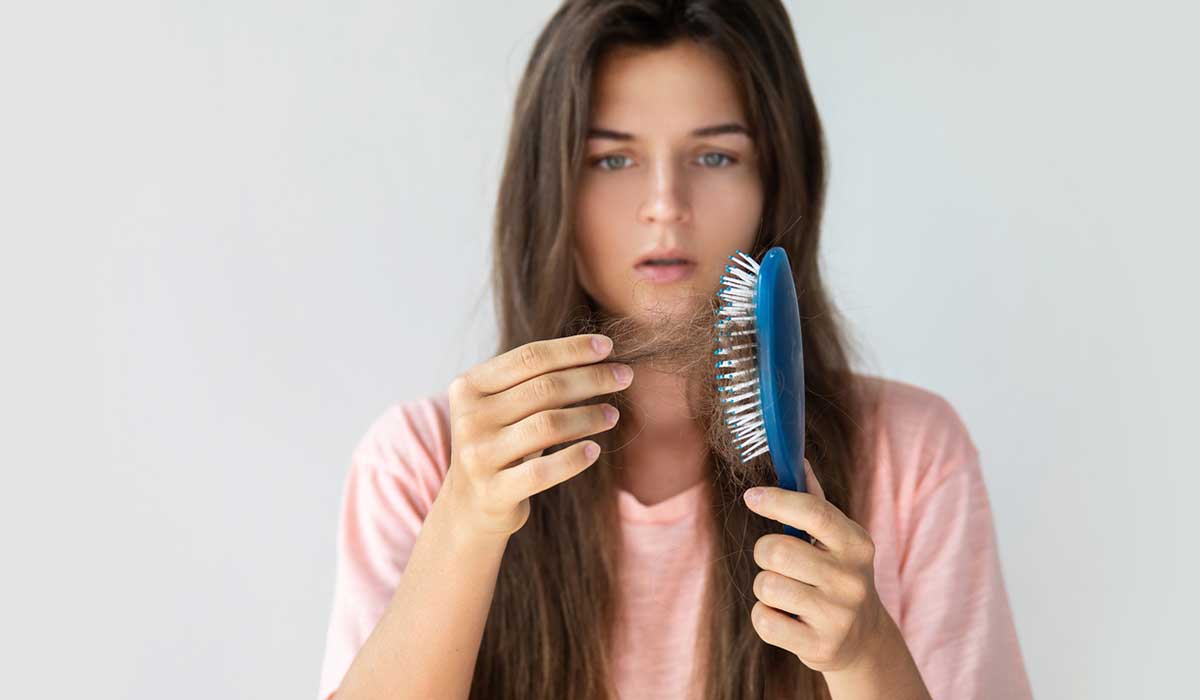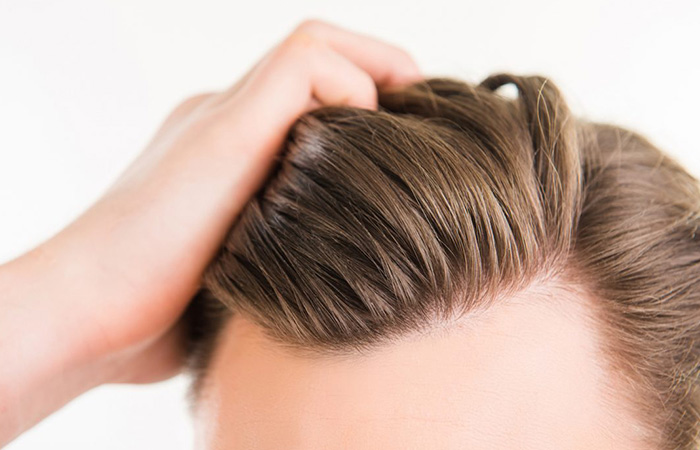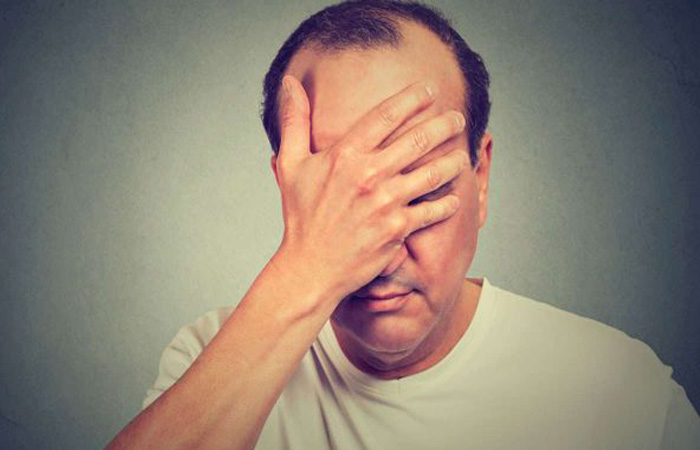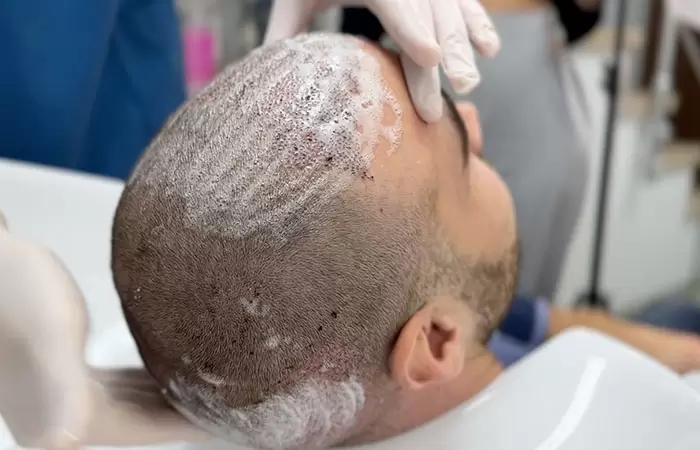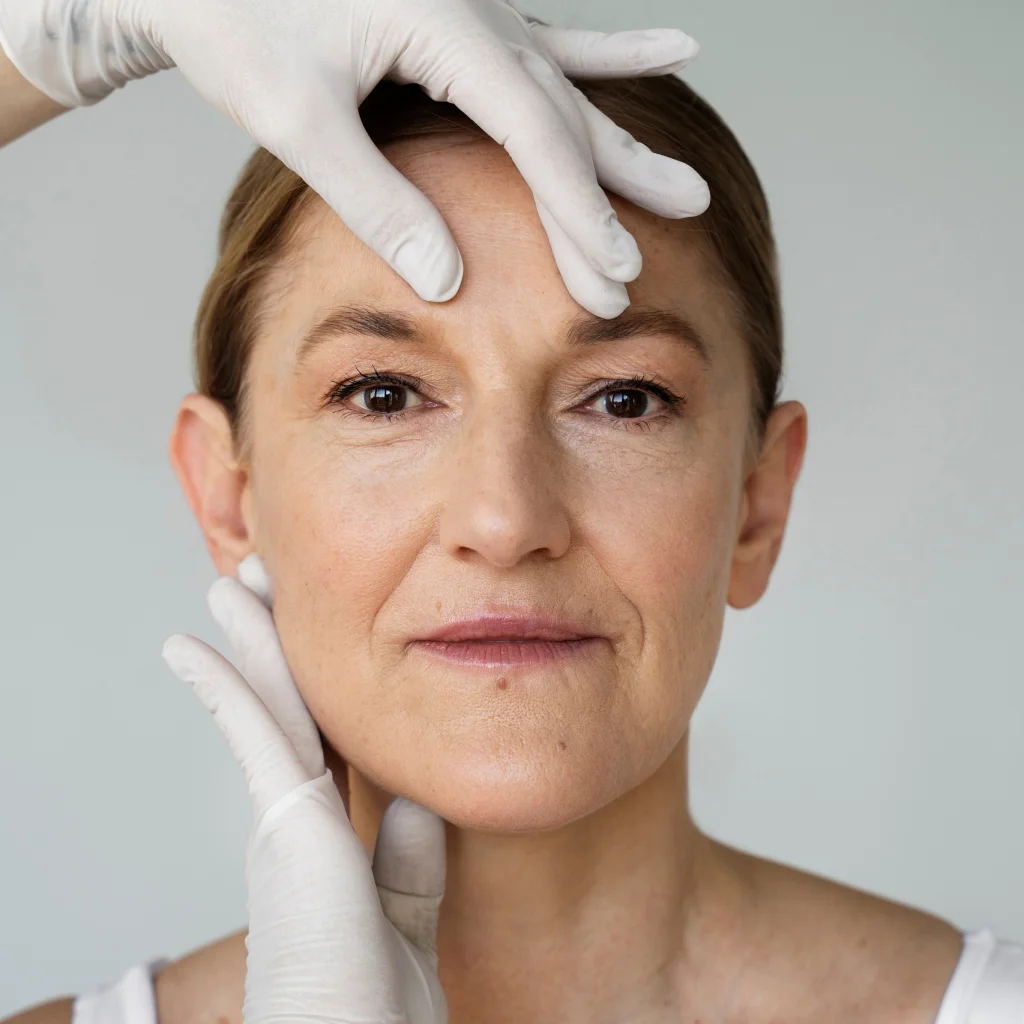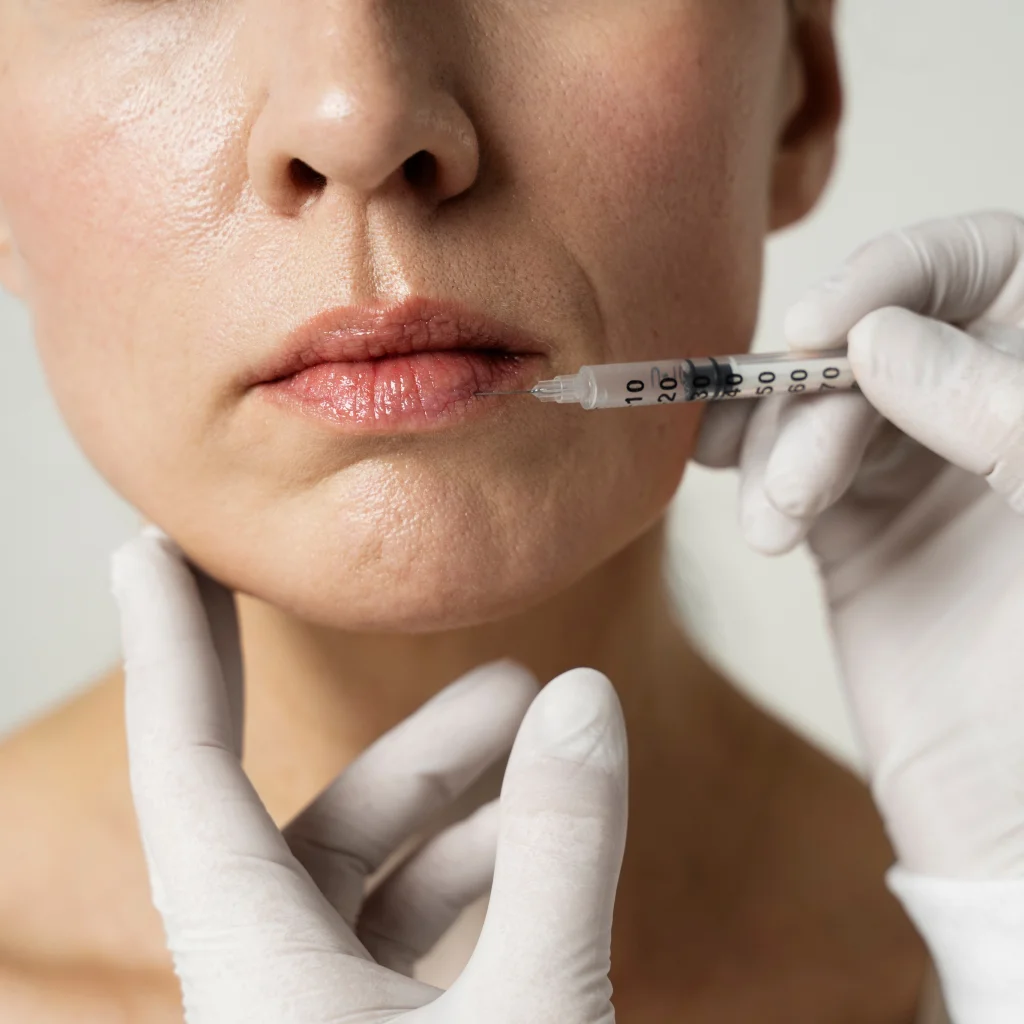There is no doubt that hair loss is one of the most distressing problems for both men and women, since the appearance of hair greatly impacts overall aesthetics. That’s why it is important to start addressing hair loss immediately. In this article, dear reader, we will discuss the causes of hair loss and the possible treatment options.
What is Hair Loss?
Hair grows all over the body except on the palms of the hands and soles of the feet. Many of these hairs are so fine that they are barely visible. Hair is made of a protein called keratin, produced in hair follicles located in the outer layer of the skin. As follicles produce new hair cells, old cells are pushed out through the skin’s surface at a rate of about six inches per year. Thus, the hair you see is a strand of dead keratinized cells.
Excessive hair loss may result from heredity, hormonal changes, or medical conditions. It is more common in men. Hair loss can occur gradually over years or suddenly, and it may be permanent or temporary.
Is Hair Loss Normal? Understanding the Hair Growth Cycle
It is important to understand that hair shedding is a natural part of the hair growth cycle. At any given time, about 90% of scalp hair is actively growing. Each follicle has its own life cycle, influenced by age, disease, and other factors. The cycle consists of three phases:
- Anagen (Growth Phase): Active hair growth lasting 2–6 years.
- Catagen (Transitional Phase): Lasts 2–3 weeks during which the follicle shrinks.
- Telogen (Resting Phase): Lasts 2–3 months. At the end, the hair falls out and is replaced by new growth as the cycle restarts.
Note: Hair growth slows with age.
Normal Hair Shedding Rate
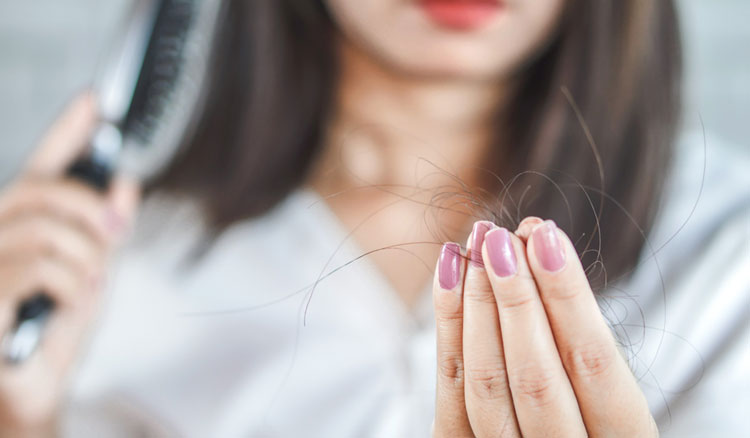
It is normal to lose about 50–100 hairs per day. Given that the scalp contains around 100,000 hairs, this loss is usually unnoticeable. Normally, new hair replaces the lost hair, but this does not always happen.
It is difficult to calculate the exact amount of hair lost daily, but excessive shedding may be suspected if you notice large clumps of hair in the shower drain, significant hair left on your brush, or patches of thinning or baldness.
If you experience unusual hair loss, consult your doctor to determine the underlying cause and receive appropriate treatment.
Common Causes of Hair Loss
Hair loss does not have a single cause. It is often a symptom resulting from various overlapping factors. Identifying the cause is the first and most crucial step toward effective treatment. Common causes include:
1- Androgenetic Alopecia (Pattern Baldness)
Hereditary-pattern baldness is the most common cause of hair loss, affecting both men and women. It results from genetic predisposition combined with the action of dihydrotestosterone (DHT), which gradually shrinks follicles until they stop producing hair.
- In men: Receding hairline and bald spots on the crown.
- In women: General thinning on the top of the scalp with widening of the part.
2- Telogen Effluvium (Stress-Induced Hair Loss)
The second most common cause, this is sudden, temporary hair shedding that occurs 2–3 months after the body experiences a major “shock.” This pushes many follicles into the resting (telogen) phase at once. Triggers include:
- Childbirth and breastfeeding
- Major surgery or severe illness (e.g., high fever, COVID-19)
- Emotional or psychological stress
- Rapid weight loss or crash diets
- Discontinuation of birth control pills
The good news: Hair usually regrows once the trigger is resolved.
3- Nutritional Deficiencies
Hair follicles are among the most metabolically active cells in the body and require constant nourishment. Deficiency of key nutrients disrupts the hair cycle:
- Iron: Deficiency causes anemia, a major cause of hair loss (especially in women).
- Zinc: Essential for follicle health and tissue repair.
- Vitamin D: Recent studies link deficiency with hair loss.
- B Vitamins (Biotin B7, B12): Vital for keratin production.
- Protein: Since hair is mostly protein, inadequate intake leads to weakness and shedding.
4- Thyroid Disorders
Both hyperthyroidism and hypothyroidism disturb hormonal balance and disrupt the hair cycle, leading to diffuse shedding.
5- Autoimmune Diseases
- Alopecia Areata: The immune system attacks hair follicles, causing round bald patches.
- Lupus Erythematosus: Can cause scarring hair loss.
6- Medications & Medical Treatments
Certain drugs have hair loss as a side effect, including:
- Chemotherapy agents
- Blood thinners
- High doses of vitamin A
- Medications for acne, hypertension, and depression
7- Hairstyling Habits
Excessive use of heat (straighteners, blow dryers), harsh chemicals (dyes, relaxers), and tight hairstyles (ponytails, braids, cornrows) can cause traction alopecia and permanent follicle damage.
Diagnosis of Hair Loss
A doctor may perform a physical examination, review your medical and family history, and request tests such as:
- Blood tests: To detect medical conditions linked to hair loss
- Pull test: Gently tugging hairs to assess shedding rate
- Scalp biopsy: Sampling scalp tissue or hairs to check for infections or follicle disorders
- Light microscopy: Examining shed hairs to identify structural abnormalities
Types of Hair Loss
- Involutional Alopecia: Natural thinning with age as more follicles enter resting phase.
- Androgenetic Alopecia: Genetic male/female pattern baldness.
- Alopecia Areata: Sudden patchy hair loss, often reversible.
- Alopecia Totalis: Complete scalp hair loss.
- Alopecia Universalis: Loss of all body hair, including brows and lashes.
- Trichotillomania: Psychological disorder where individuals pull out their own hair.
- Telogen Effluvium: Temporary thinning due to follicle shift.
- Scarring Alopecia: Permanent loss caused by inflammatory skin conditions (e.g., lupus, cellulitis).
Hair Loss Treatment Options
Medications
- Minoxidil: Stimulates follicles; applied twice daily. Hair loss resumes if discontinued.
- Finasteride: Oral medication for male-pattern baldness; not suitable for pregnant or breastfeeding women.
- Spironolactone: Oral anti-androgen sometimes prescribed for female hair loss.
- Corticosteroids: Injections or topical drops for alopecia areata; may cause skin thinning.
- Anthralin: Topical anti-inflammatory used in alopecia areata.
- Nutritional supplements: Iron, zinc, vitamin D, biotin (if deficiencies confirmed).
Hair Transplant
Other Treatments
- Laser therapy: Low-level laser devices stimulate growth.
- PRP (Platelet-Rich Plasma) injections: Using patient’s processed blood plasma.
- Mesotherapy: Microinjections of vitamins, minerals, and antioxidants into the scalp.
Prevention Tips
While genetic hair loss cannot be prevented, the following may help reduce other types:
- Avoid tight hairstyles (braids, ponytails).
- Handle hair gently when washing and brushing (use wide-tooth combs).
- Avoid excessive heat and harsh chemical treatments.
- Protect hair from sun exposure.
- Quit smoking (linked to male baldness).
- During chemotherapy, use scalp cooling caps to reduce hair loss.

